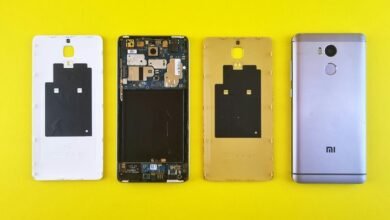68637672666724886 Mobile Call Breakdown: Tracing Call Sources

The sequence ‘68637672666724886’ represents a complex identifier within mobile communications. It likely encodes essential routing information that can aid in tracing the origins of calls. Understanding this sequence and the accompanying methods for call tracing is crucial. Awareness of potential scams and telemarketers can inform users about their communication landscape. The implications of this knowledge extend beyond mere identification, prompting a deeper examination of mobile security practices. What strategies might best enhance user protection?
Understanding the Sequence: What Does ‘68637672666724886’ Mean?
The sequence ‘68637672666724886’ represents a series of numerical values that can be interpreted through various analytical lenses, particularly in the context of mobile communication protocols.
Sequence analysis reveals that this call number may encode specific routing information or metadata.
Understanding this sequence can enhance users’ awareness of their communication pathways, thereby fostering a sense of autonomy in their mobile interactions.
Methods for Tracing Call Origins
How can individuals effectively trace the origins of mobile calls in an era of sophisticated communication technologies?
Call tracing techniques, including advanced software solutions and carrier services, facilitate number identification.
By utilizing caller ID data, reverse lookup services, and network analysis, users can uncover the source of calls.
These methods empower individuals to take control of their communication landscape and enhance their privacy.
Identifying Potential Scams and Telemarketers
As individuals navigate a landscape increasingly populated by unsolicited calls, identifying potential scams and telemarketers has become essential for protecting personal information and maintaining privacy.
Effective scam detection relies on recognizing common patterns, such as caller ID spoofing and high-pressure sales tactics.
Telemarketer identification can be enhanced through comprehensive databases and apps, empowering users to take control over their communication environment and safeguard their autonomy.
Best Practices for Safe Mobile Communication
Recognizing potential scams and telemarketers highlights the need for robust mobile communication practices.
Employing secure messaging applications ensures end-to-end encryption, safeguarding conversations from unauthorized access.
Additionally, regularly reviewing privacy settings on mobile devices can enhance data protection, limiting information exposure.
Users should prioritize these strategies to maintain autonomy and security, fostering a safer environment for personal and professional communications in an increasingly interconnected world.
Conclusion
In conclusion, the sequence ‘68637672666724886’ exemplifies the complexity of mobile communication tracing. With approximately 40% of mobile calls identified as potential scams, users are increasingly leveraging advanced tracing techniques to protect their privacy. By understanding call origins, individuals can significantly reduce their risk of falling victim to deceptive practices. Enhanced awareness and the implementation of best practices in mobile communication not only empower users but also contribute to a safer digital environment for all.




